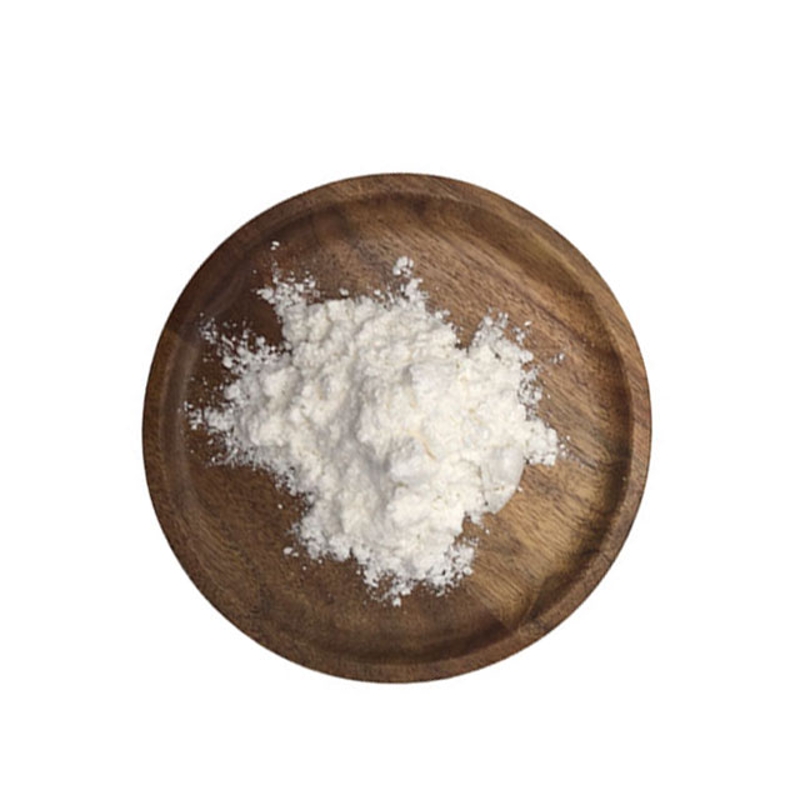-
Categories
-
Pharmaceutical Intermediates
-
Active Pharmaceutical Ingredients
-
Food Additives
- Industrial Coatings
- Agrochemicals
- Dyes and Pigments
- Surfactant
- Flavors and Fragrances
- Chemical Reagents
- Catalyst and Auxiliary
- Natural Products
- Inorganic Chemistry
-
Organic Chemistry
-
Biochemical Engineering
- Analytical Chemistry
- Cosmetic Ingredient
-
Pharmaceutical Intermediates
Promotion
ECHEMI Mall
Wholesale
Weekly Price
Exhibition
News
-
Trade Service
Acute pancreatitis (AP) is a clinically common life-threatening disease with an increasing incidence worldwide, and hyperglycerideemia is the third most common AP cause after gallstones (up to 60%) and alcohol consumption (30%), accounting for nearly 10% of all cases.
, there may be a dose response relationship between high triglycerideemia and AP severity and complications.
Plasma Replacement (PP) is recommended for the treatment of acute pancreatitis (HLAP) of hyperglyceride triglycerideemia, so the purpose of this study is to determine the predictive function of total cholesterol (TC) in patients treated with non-PP or PP to reduce triglycerides (TG).
the researchers divided the patients into the High Total Cholesterol (HTC)/Low Total Cholesterol (LTC) group based on their TC of 12.4 mmol / L.
main observation is whether TG drops below 500 mg / dL within 48 hours.
linear mixing effect model and logic regression analysis were used to evaluate the association between TC levels and TG reduction efficacy in different treatment groups.
study found that HTC patients showed more severe imaging performance (p .lt;0.001) and higher AACH II scores (p s 0.036) than the LTC group.
and the deaths occurred only in the HTC group.
patients with elevated TC levels, the primary outcome rate was 66.67 percent for patients in the PP group and 27.91 percent in patients in the non-PP group.
after adjusting for age, gender, CT grade, and AACH II scores, the gap is still significant (OR 5.47, 95% confidence interval (CI) 1.84-16.25, p s 0.002).
, in patients with lower TC levels, there was no significant difference between the main outcomes of the PP group and the non-PP group (81.25% VS 62.30%, OR 2.05; 95% CI 0.45-9.40; p s 0.353).
study confirms that TC may be a potential biomarker for predicting the effectiveness of healthy TG treatment in HLAP patients.







